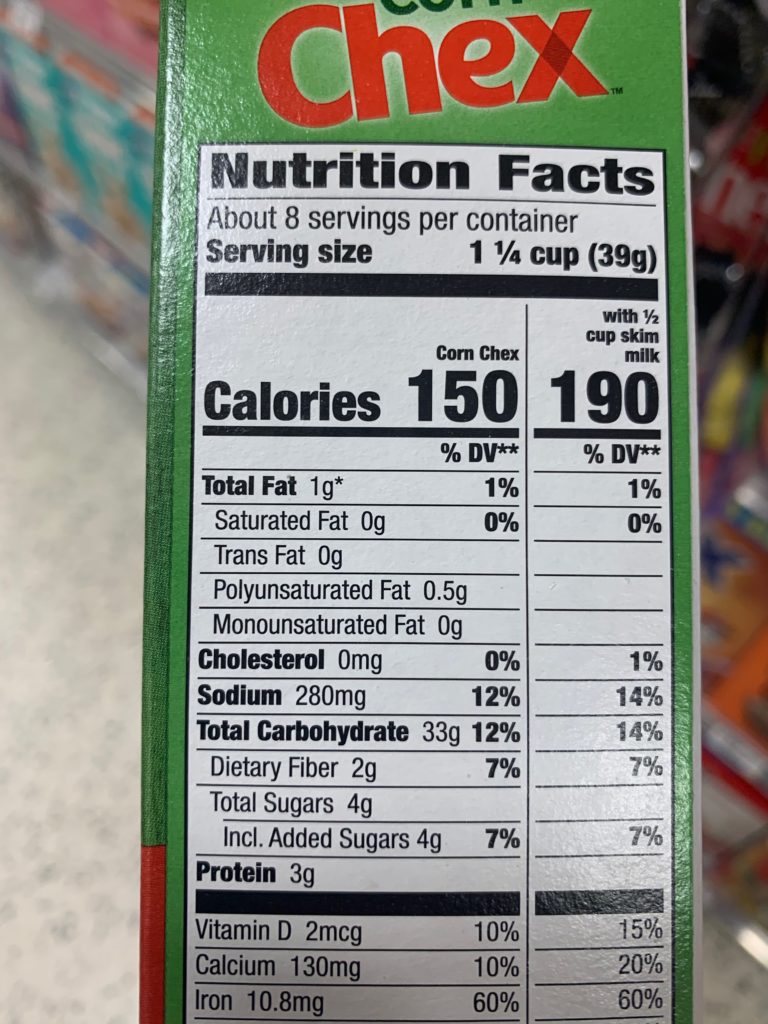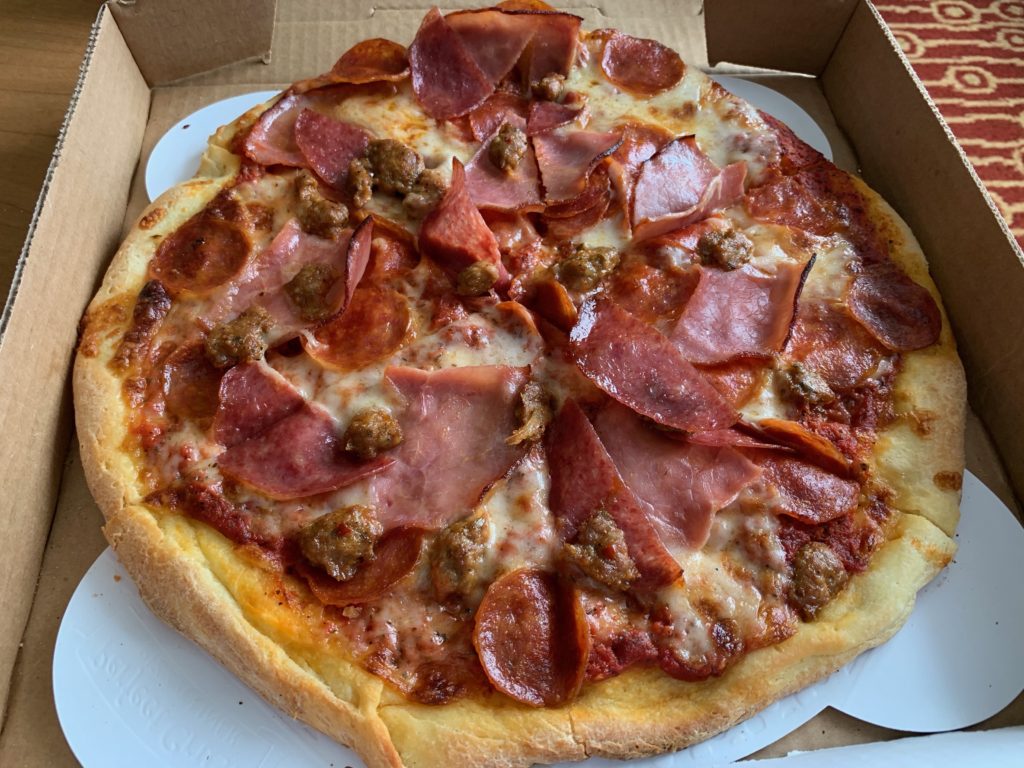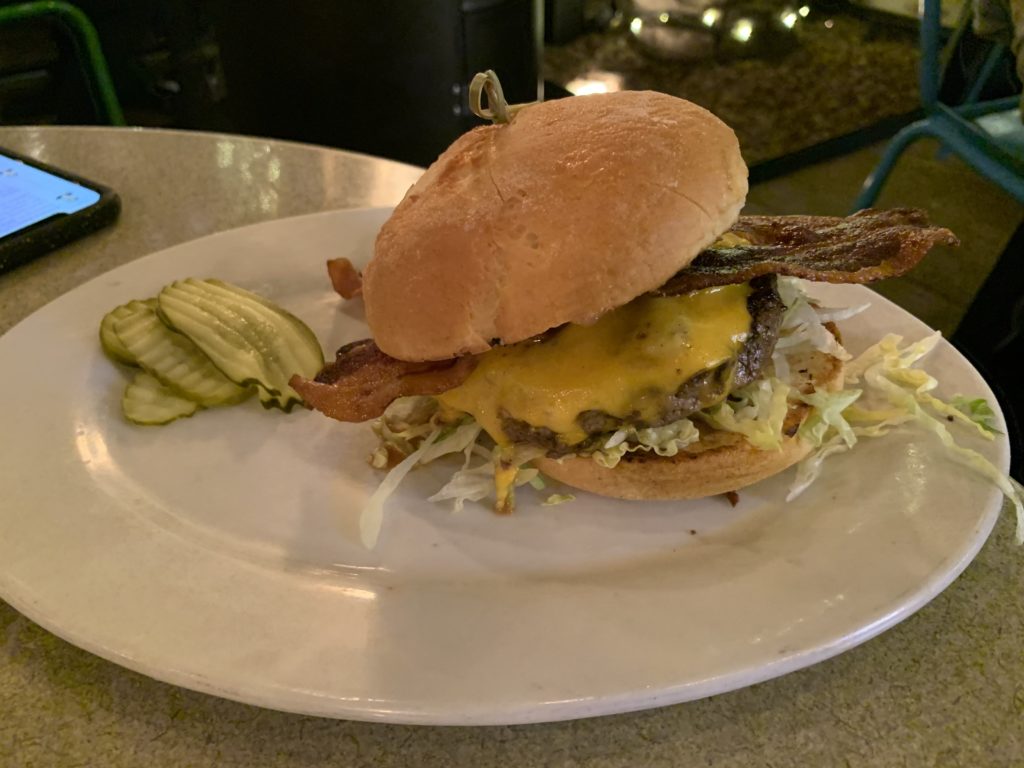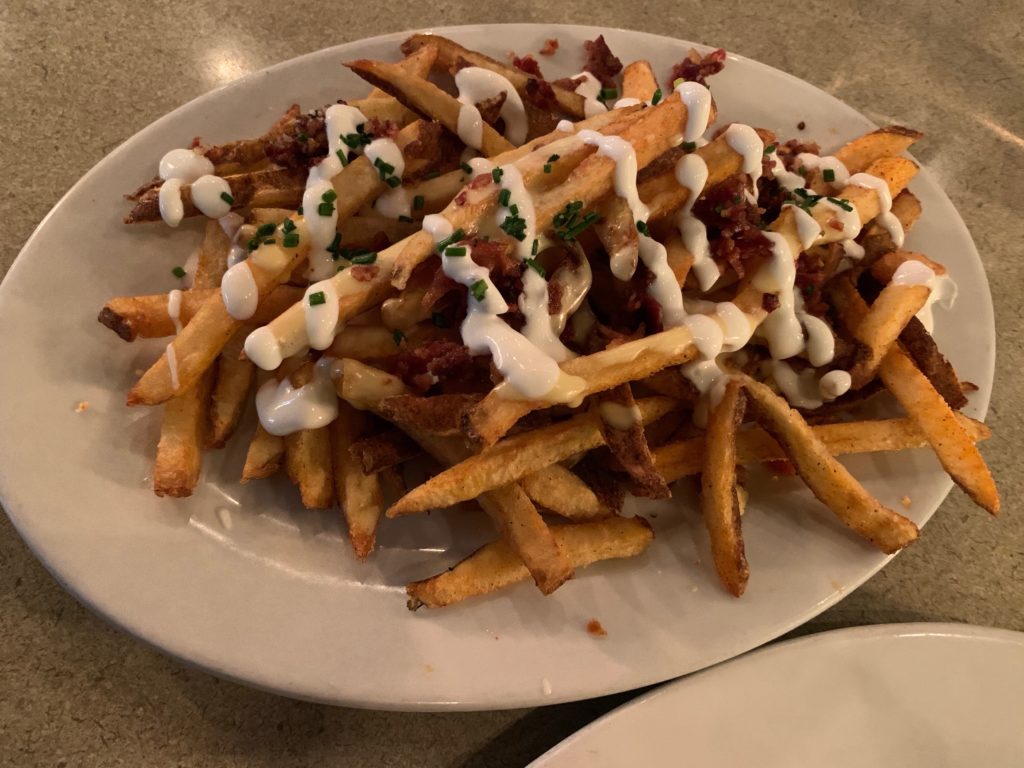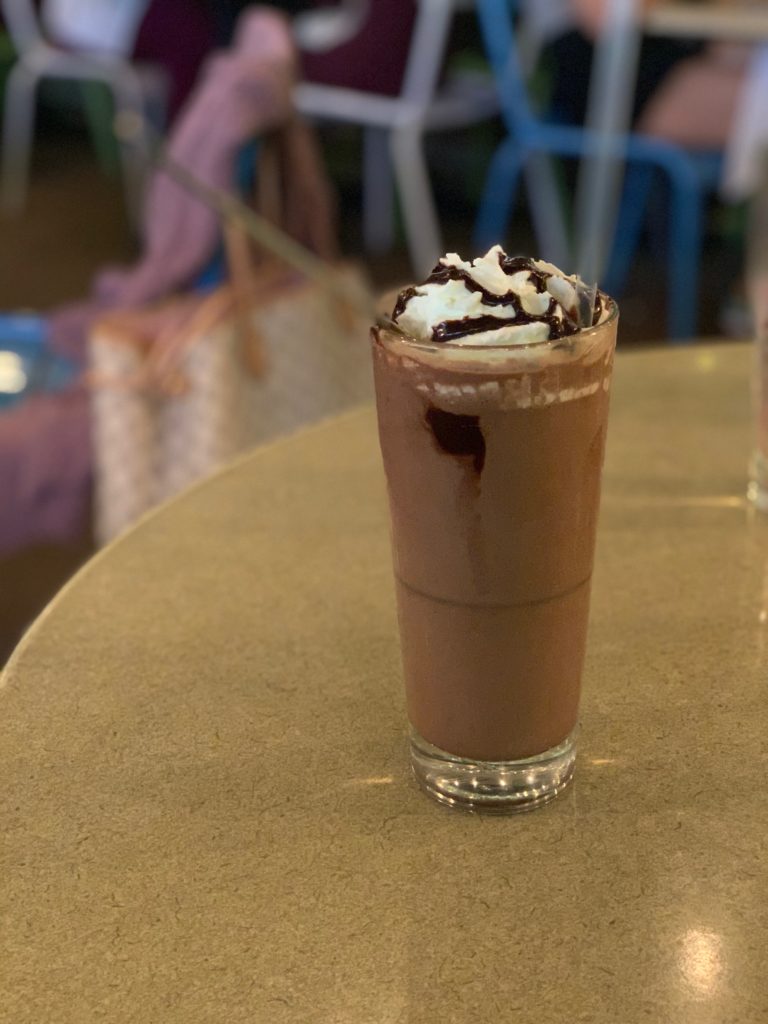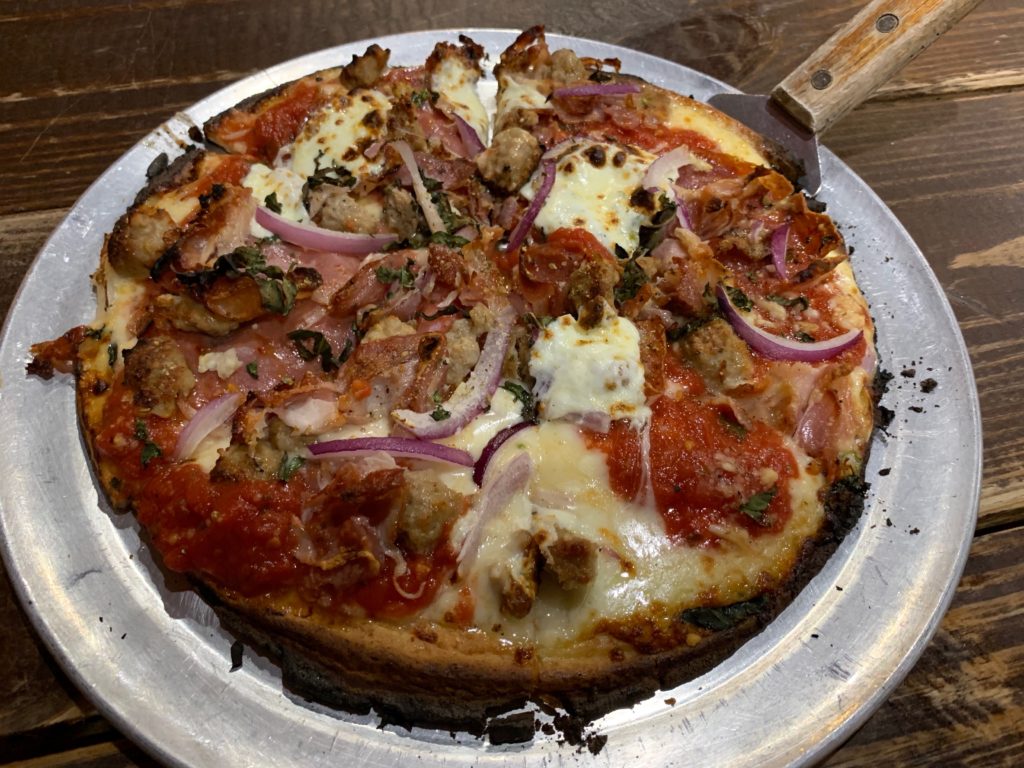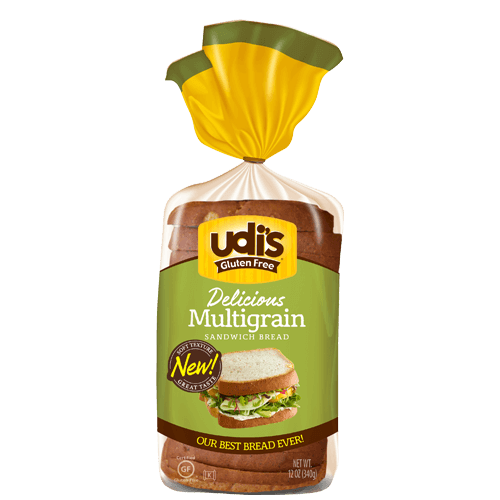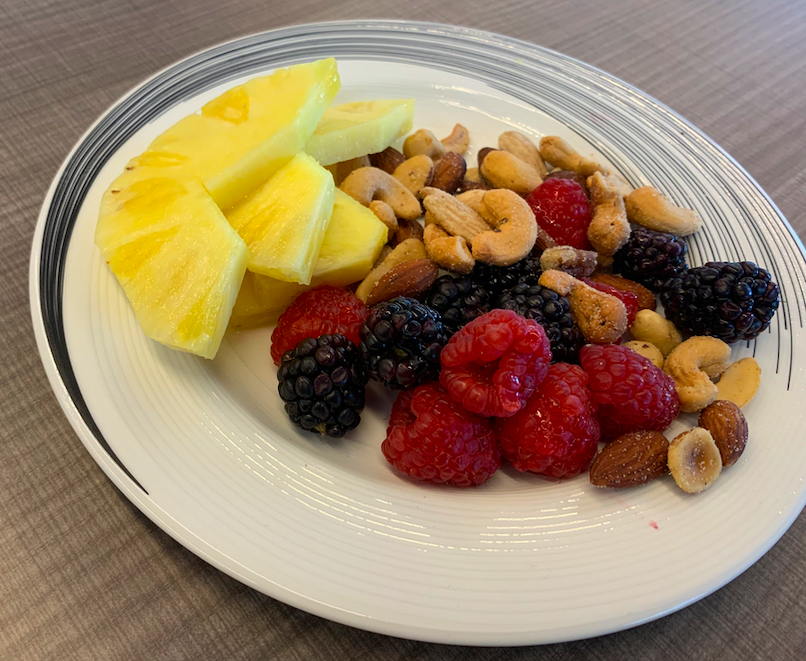It was 20 years ago today, on April 3, 2000, that I began a new career working in the Division of Communications at Mayo Clinic.
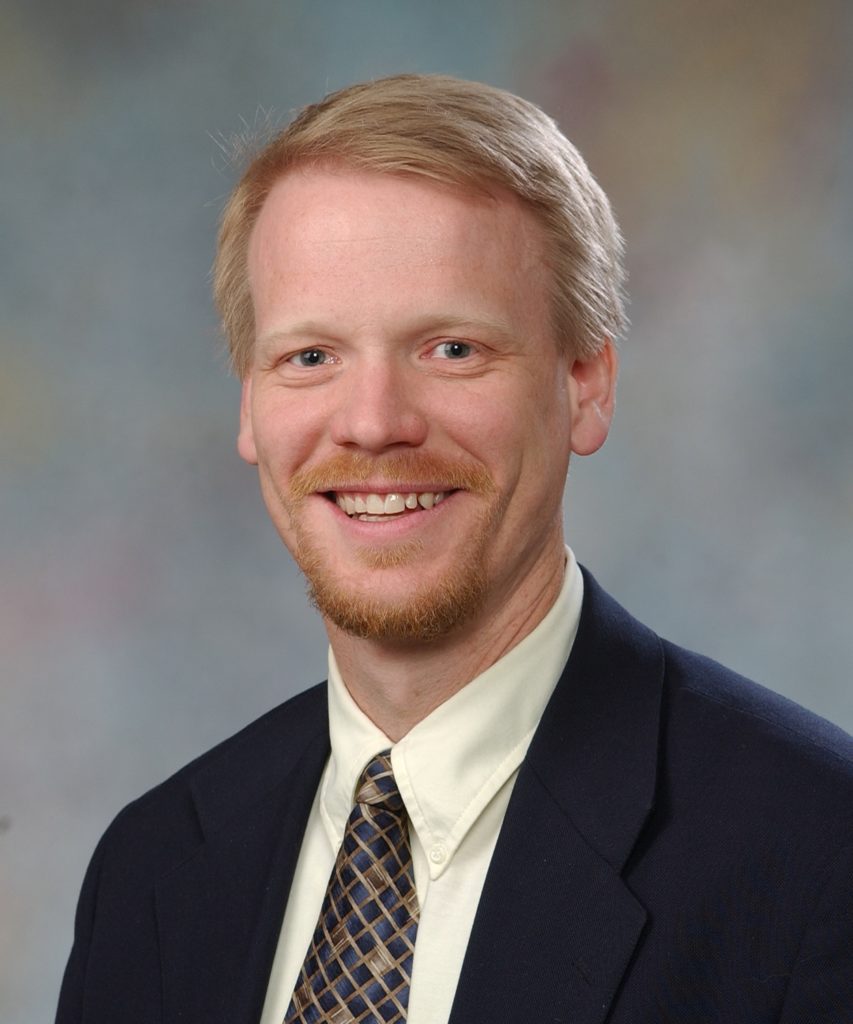
After working in politics and government for 14 years in various roles at the local, state and federal level, I was ready for a career change. I had been on a pre-med track in college, but having met my future bride (now my wife of 35 years) during the first months of my freshman year, the prospect of college, medical school and residency seemed daunting. That contributed to me taking a different direction for my first career.
Having an opportunity in 2000 to get into health care in a supportive role was therefore really exciting, and to do it at Mayo Clinic was amazing. My initial role was as part of the media relations team, and also providing support for some of Mayo Clinic’s diversification strategies, including some of the consumer books and the launch of what was then MayoClinic.com.
I’m so grateful for all of the opportunities for exciting, interesting and important work I have had at Mayo Clinic. There’s no way I could have imagined the full spectrum of what I would get a chance to do.
Until I started at Mayo Clinic, I had only been on an airplane for trips to Washington, D.C.
I didn’t have a passport.
With the evolution of media, and what became social media, my role at Mayo Clinic evolved and led to opportunities to visit places including
- Australia
- Canada
- China
- France
- Italy
- Kenya
- Mexico
- The Netherlands
- New Zealand
- Russia
- Sweden
- United Arab Emirates
- United Kingdom
- and something like 40 of these United States.
I often say my life has become “Norman Rockwell meets The Jetsons.” We live in my hometown of 25,000 people, and yet because of Mayo Clinic (and social media) I have gotten to make these global connections.
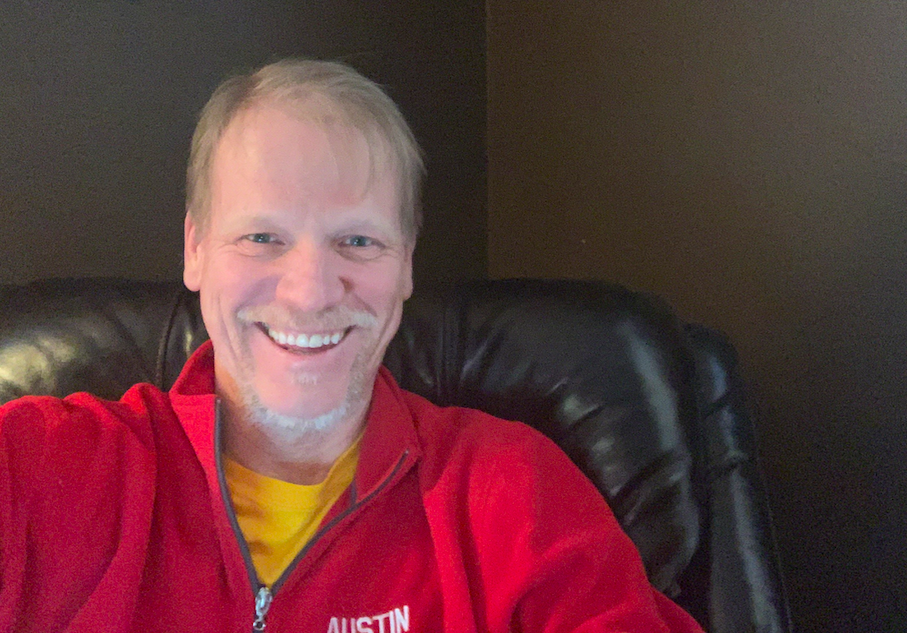
A few months ago I wouldn’t have expected that I would spend my 20th anniversary at Mayo Clinic teleworking from my bedroom in Austin, Minn. And yet that was the case today, as it has been for the last two weeks.
I’m thankful that technology allows this, and there’s obviously a big need for health care communication right about now. I’m also proud to be able to work at Mayo Clinic, and of the contributions our staff are making to fighting this global, from development of new tests to leading this national study of convalescent plasma treatment.
More than all of that, though, I feel blessed to have made so many good friends in health care and communications, certainly within Mayo Clinic but also literally around the world.
As we work and pray toward the end of the COVID-19 pandemic, may that day come soon.
